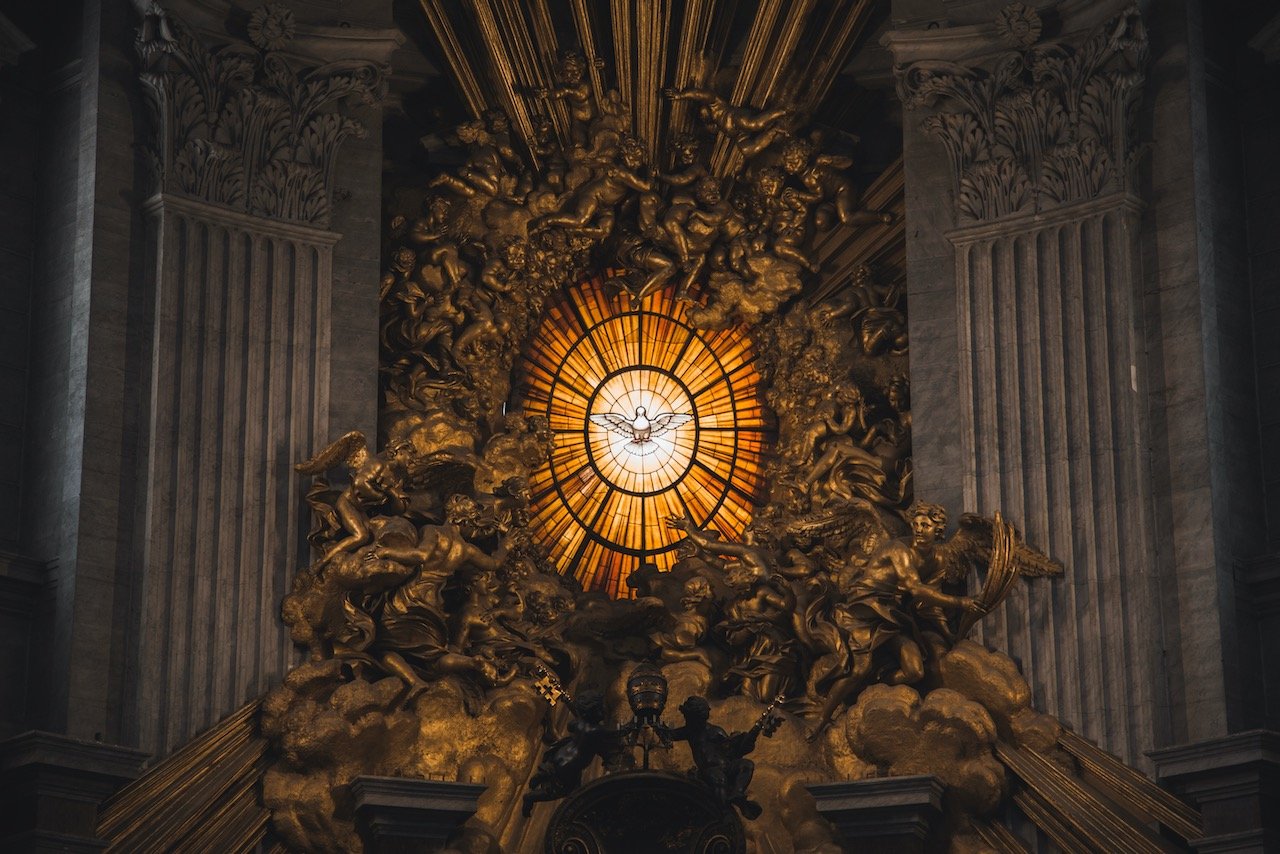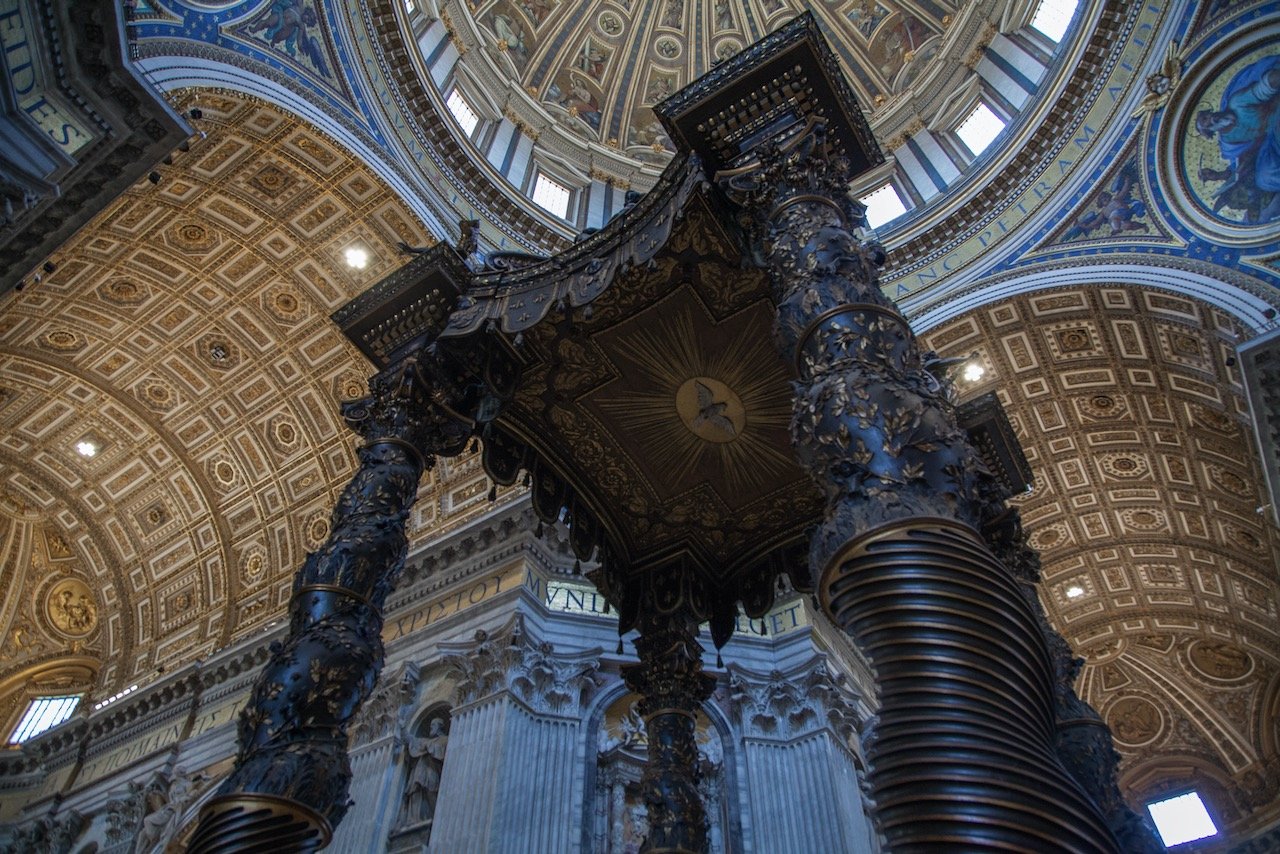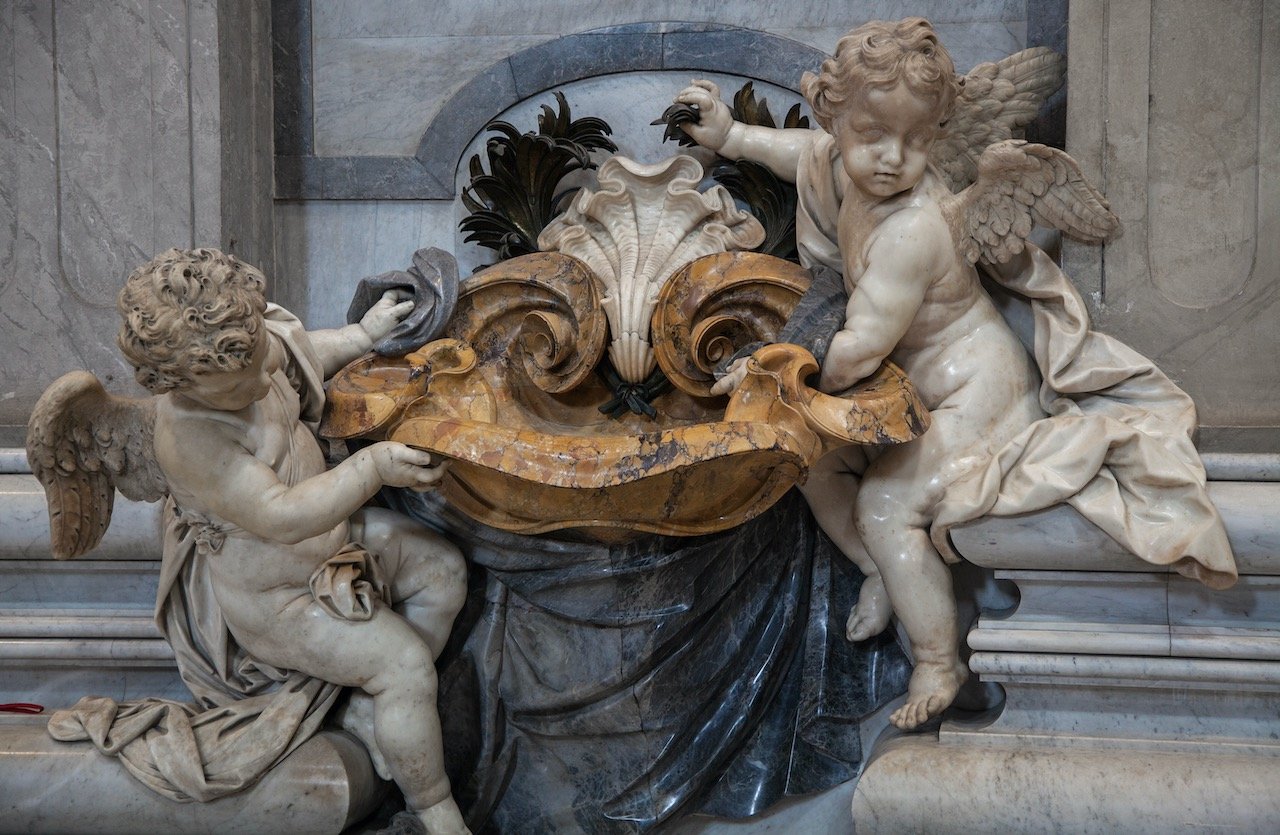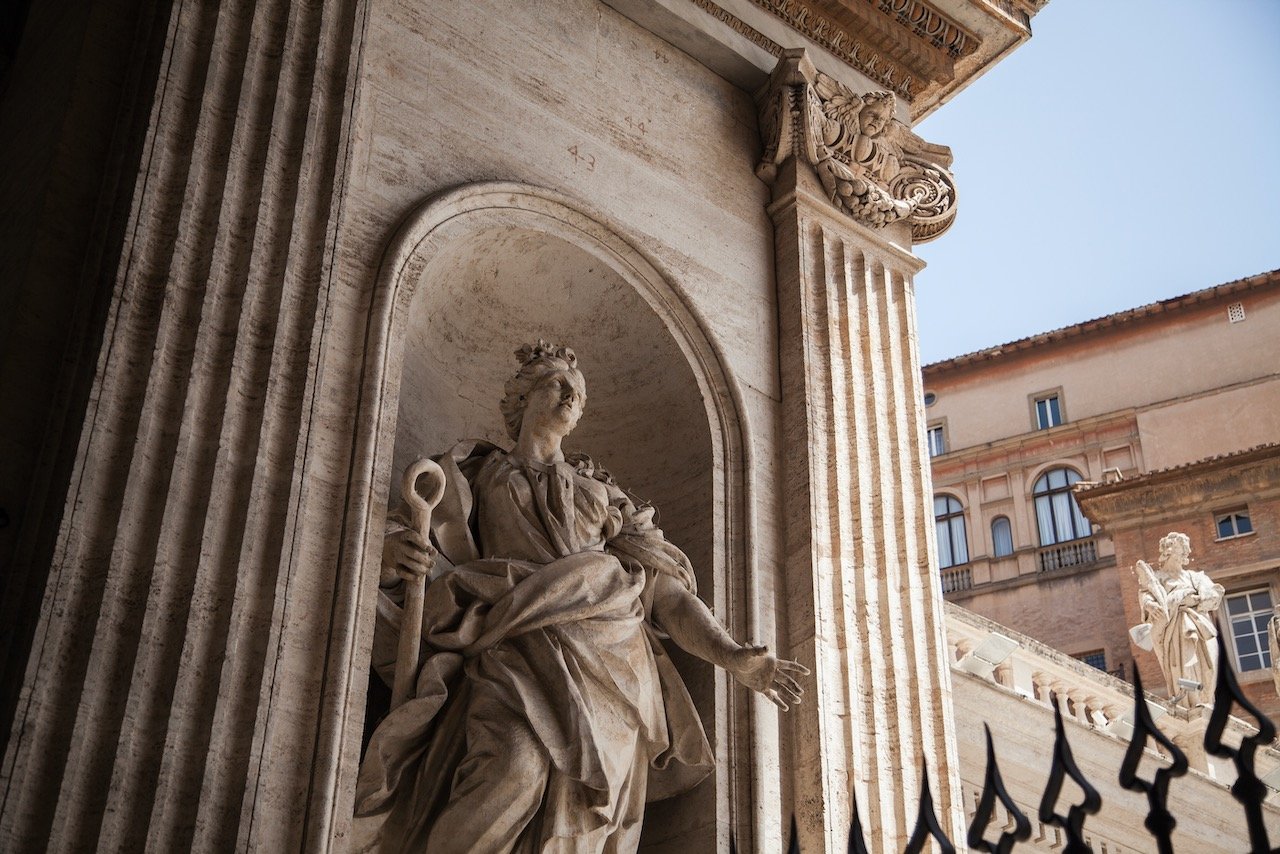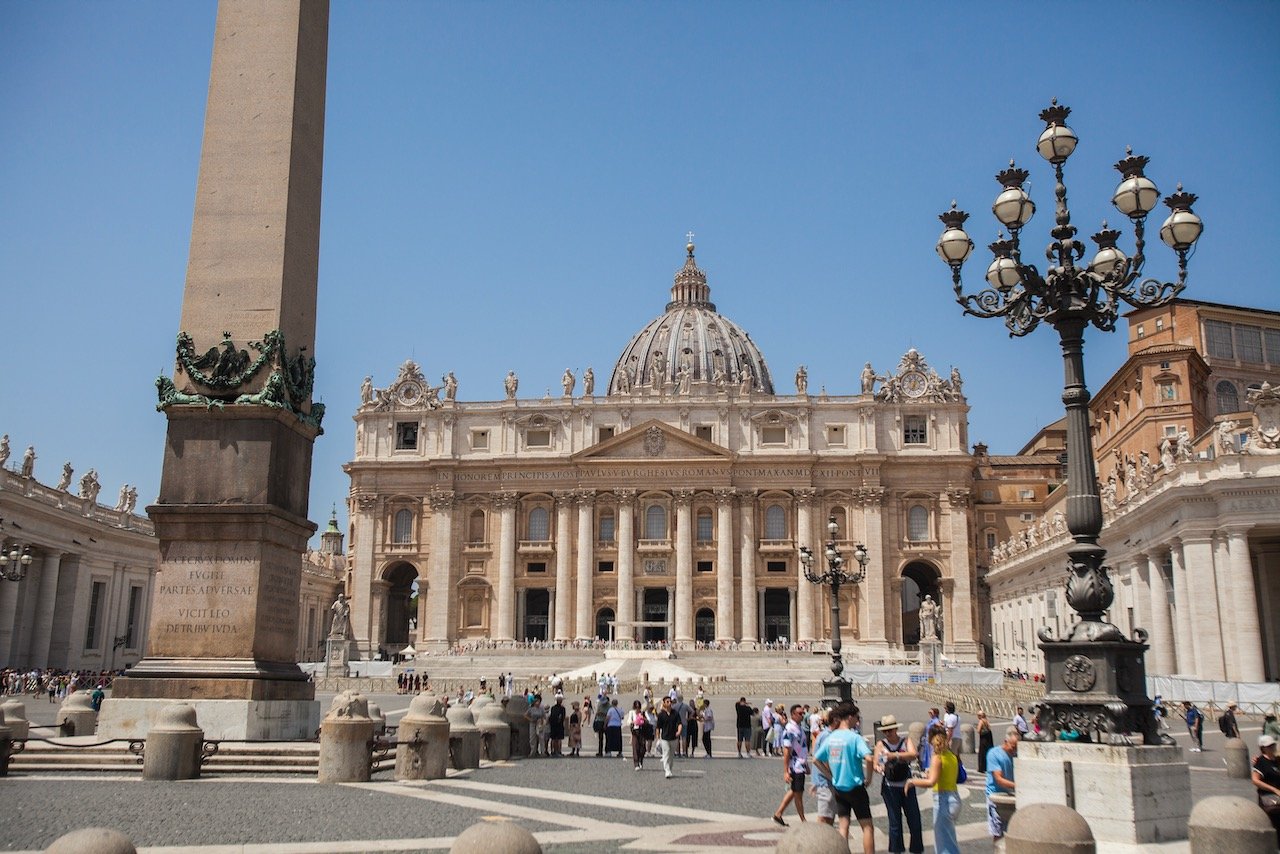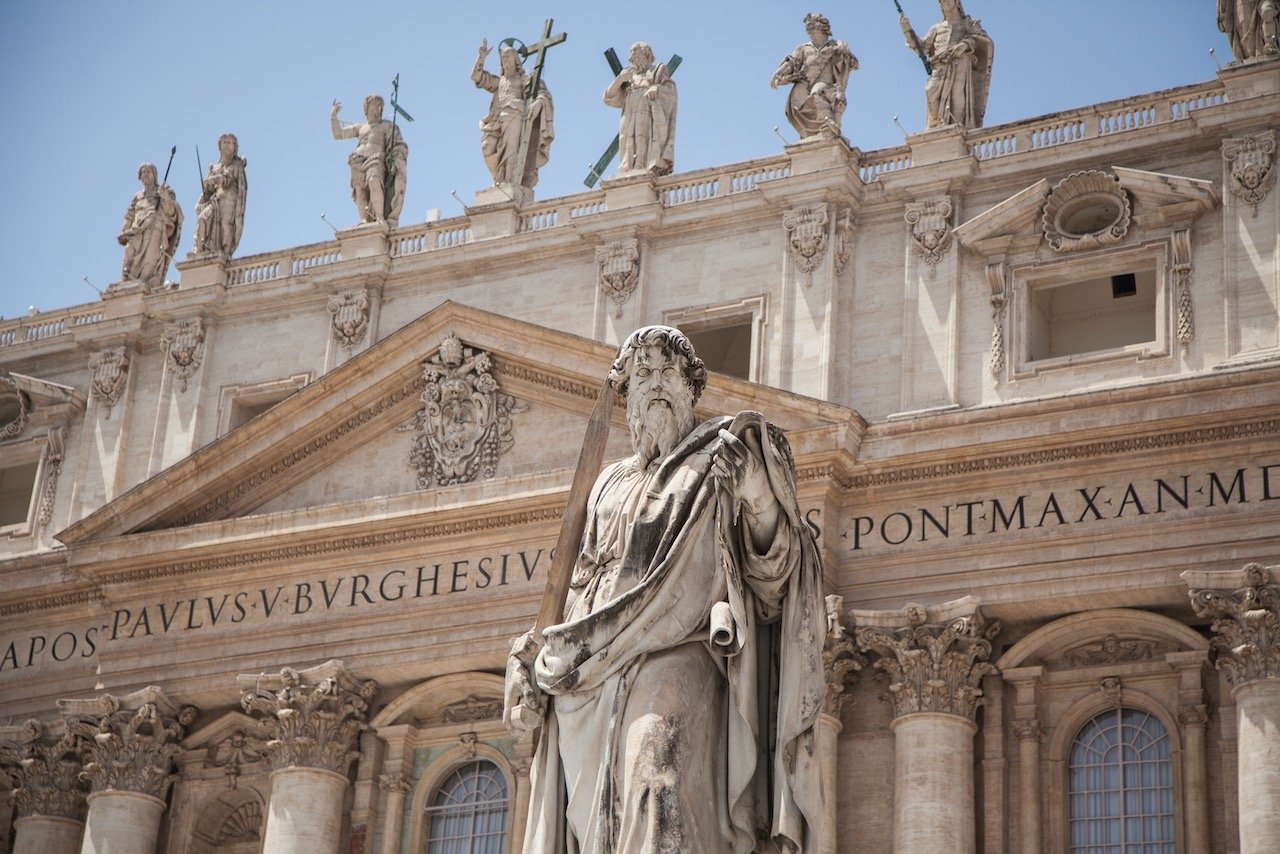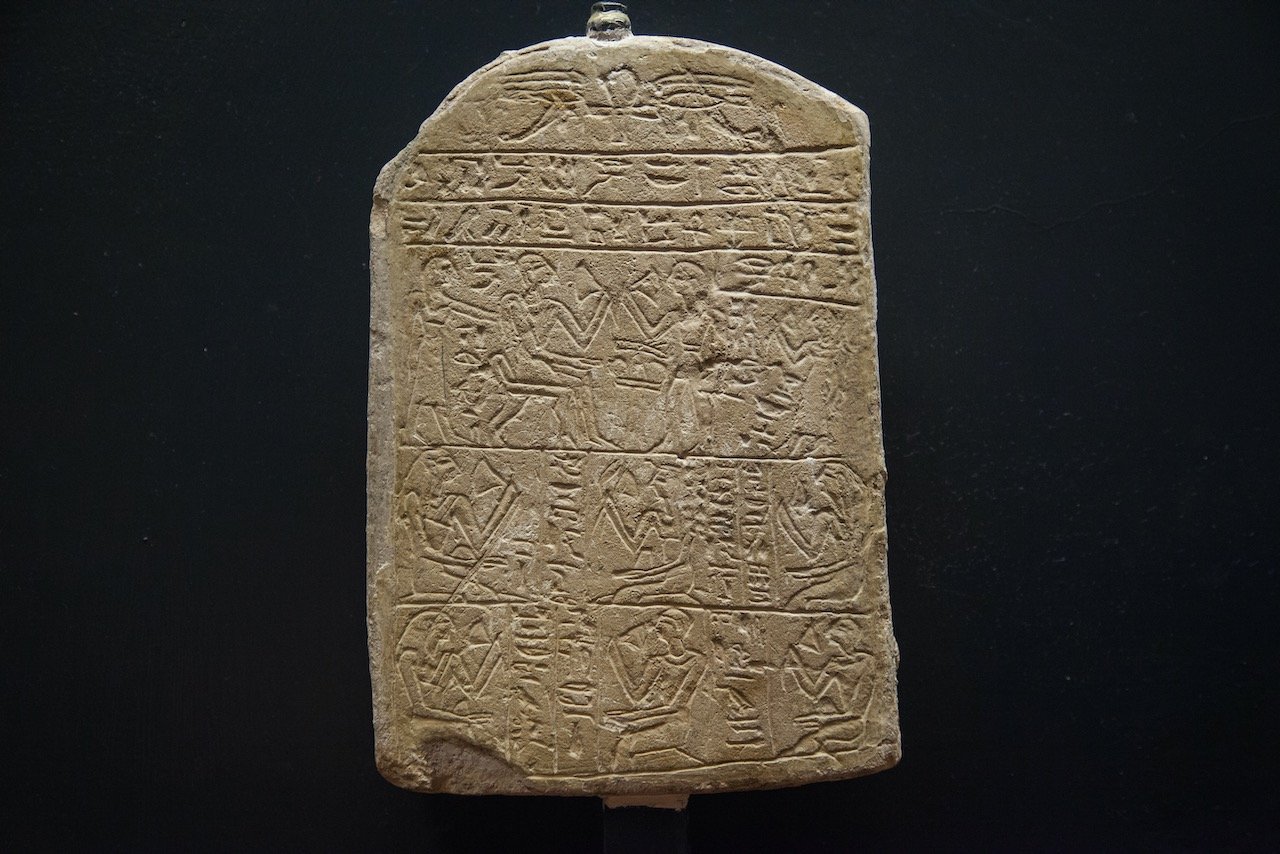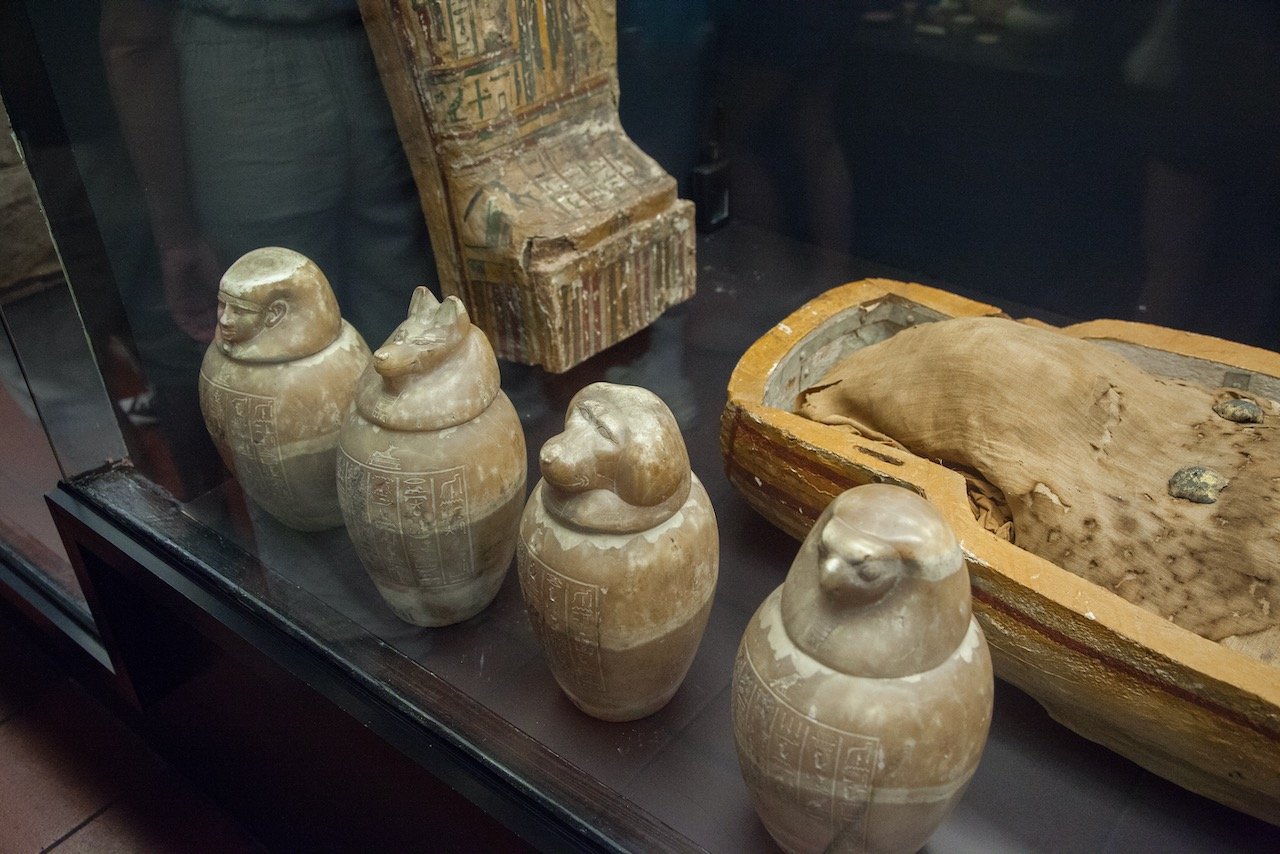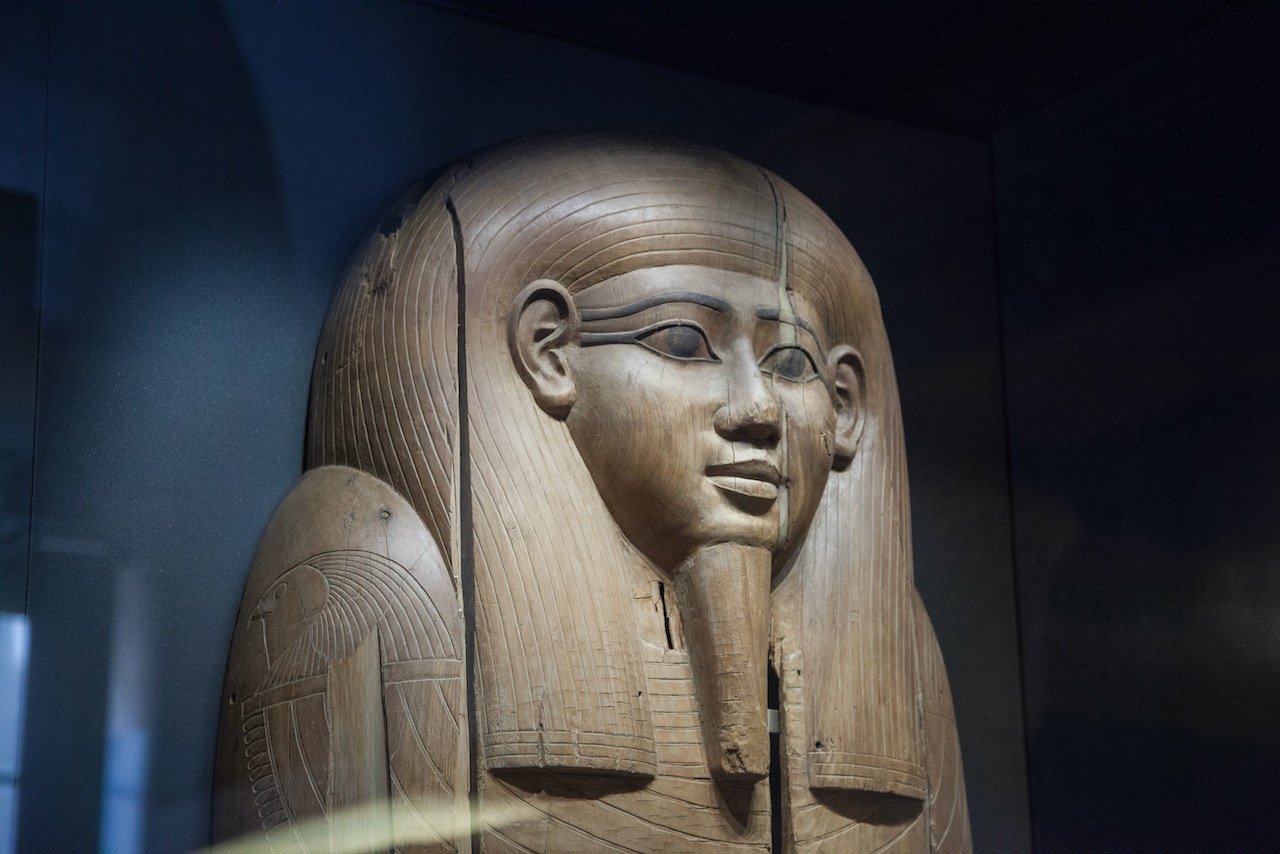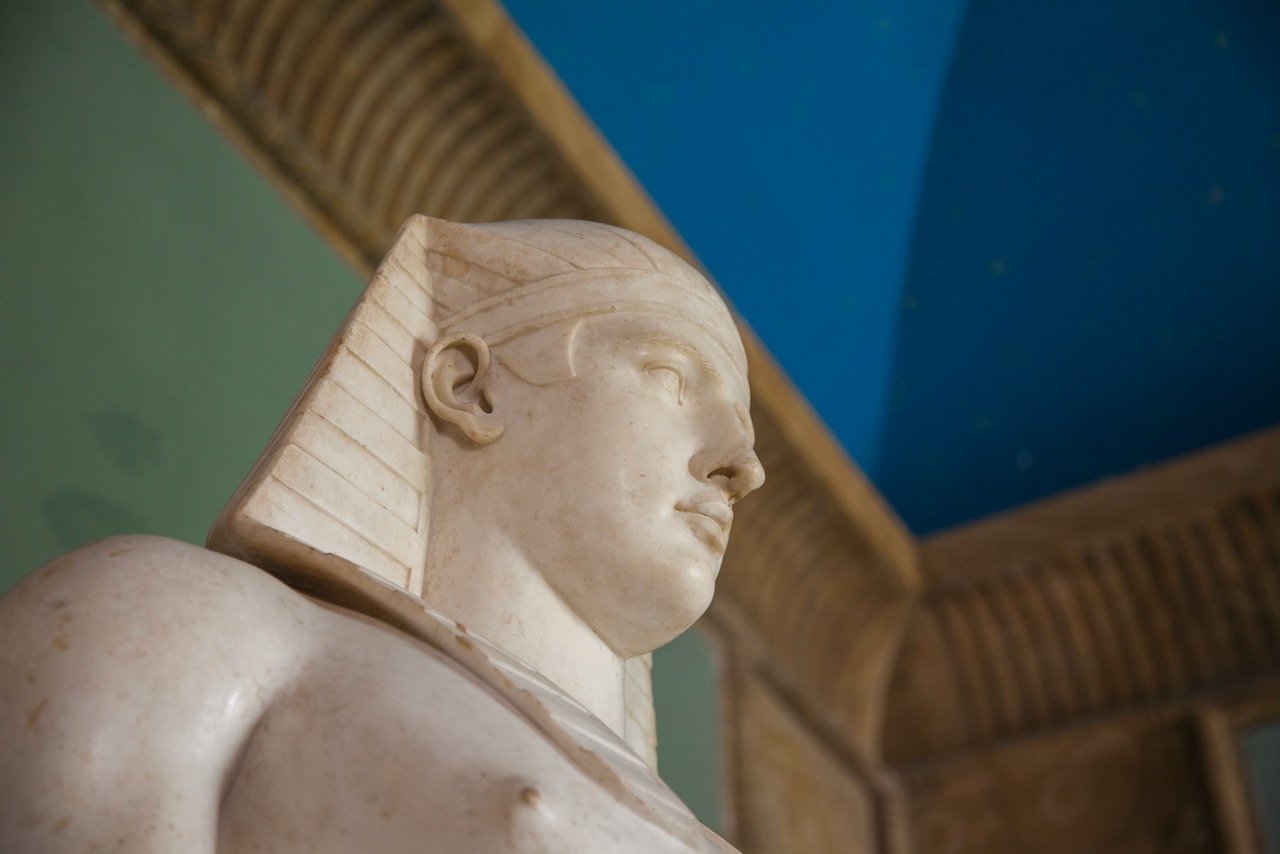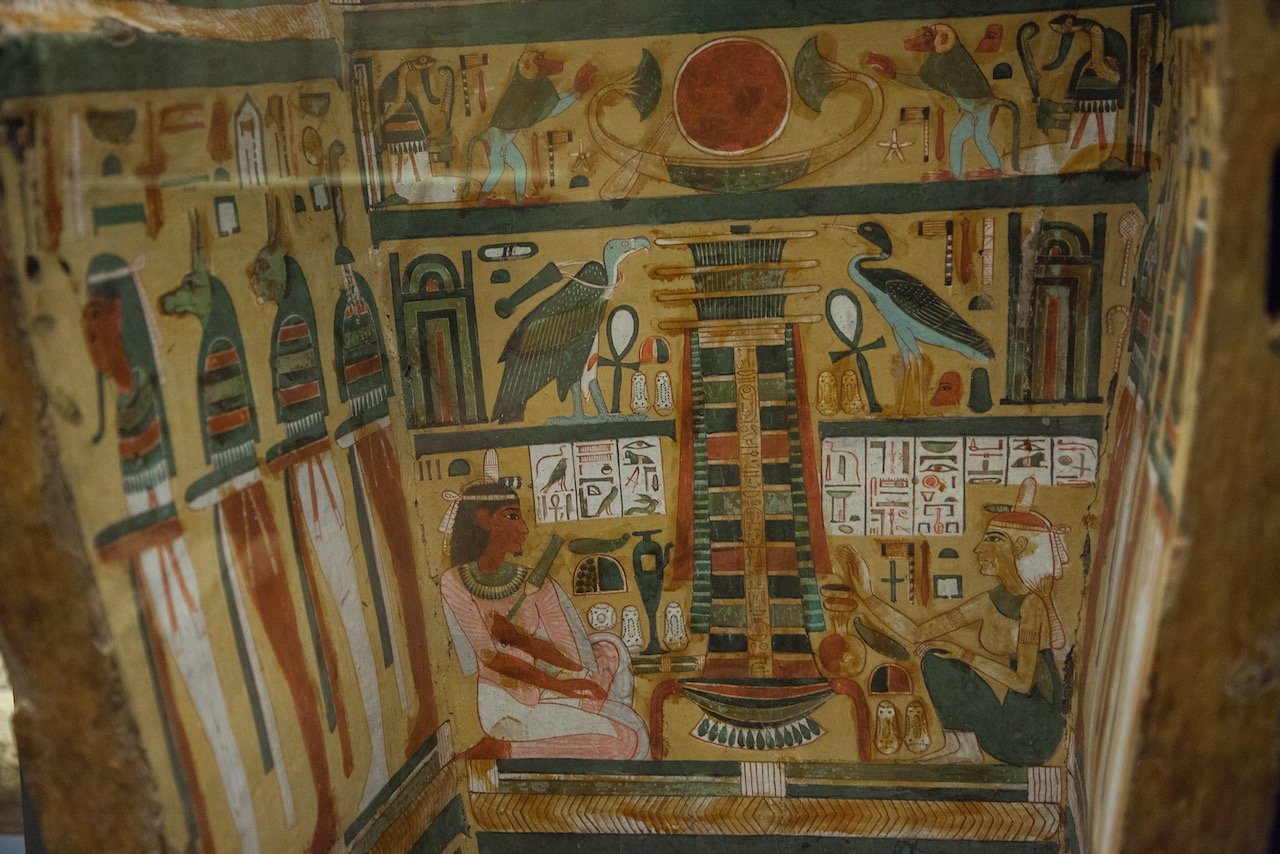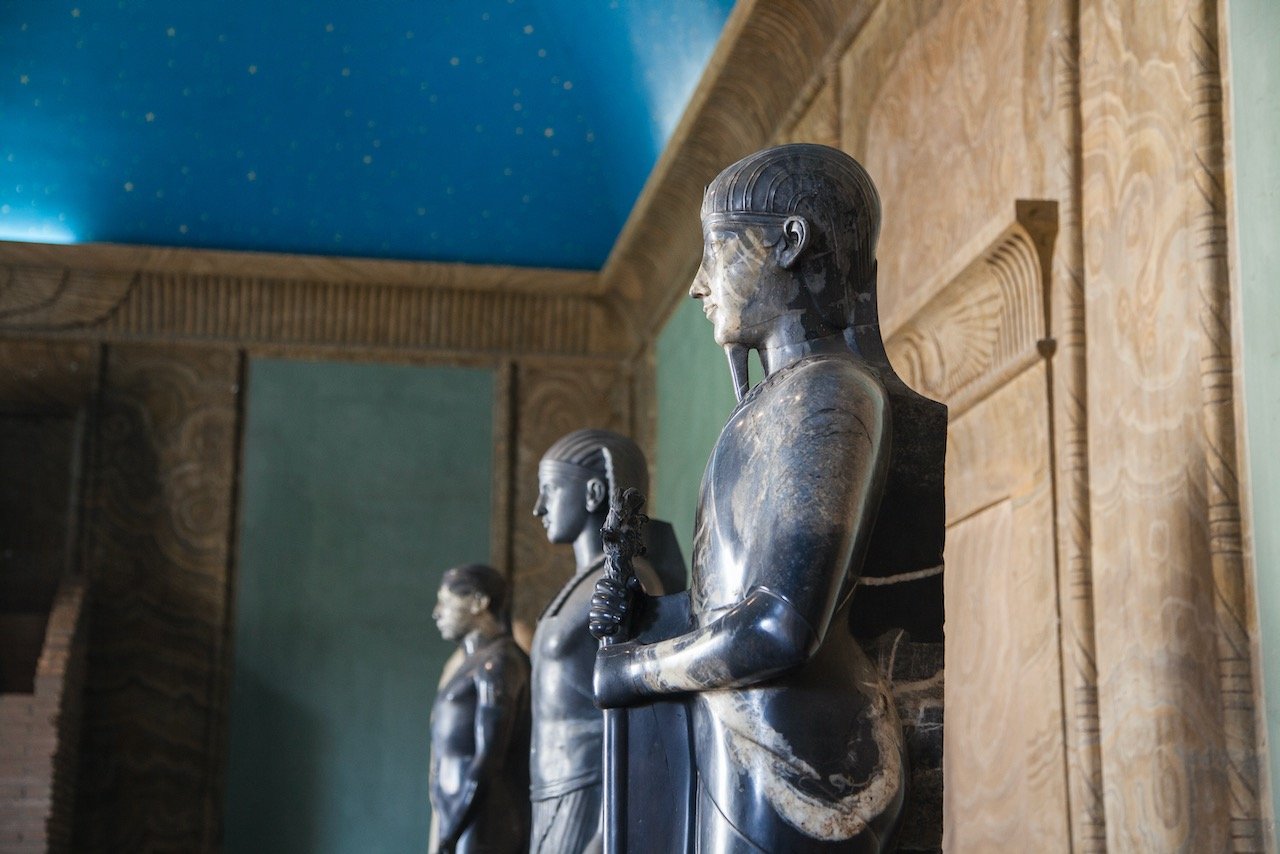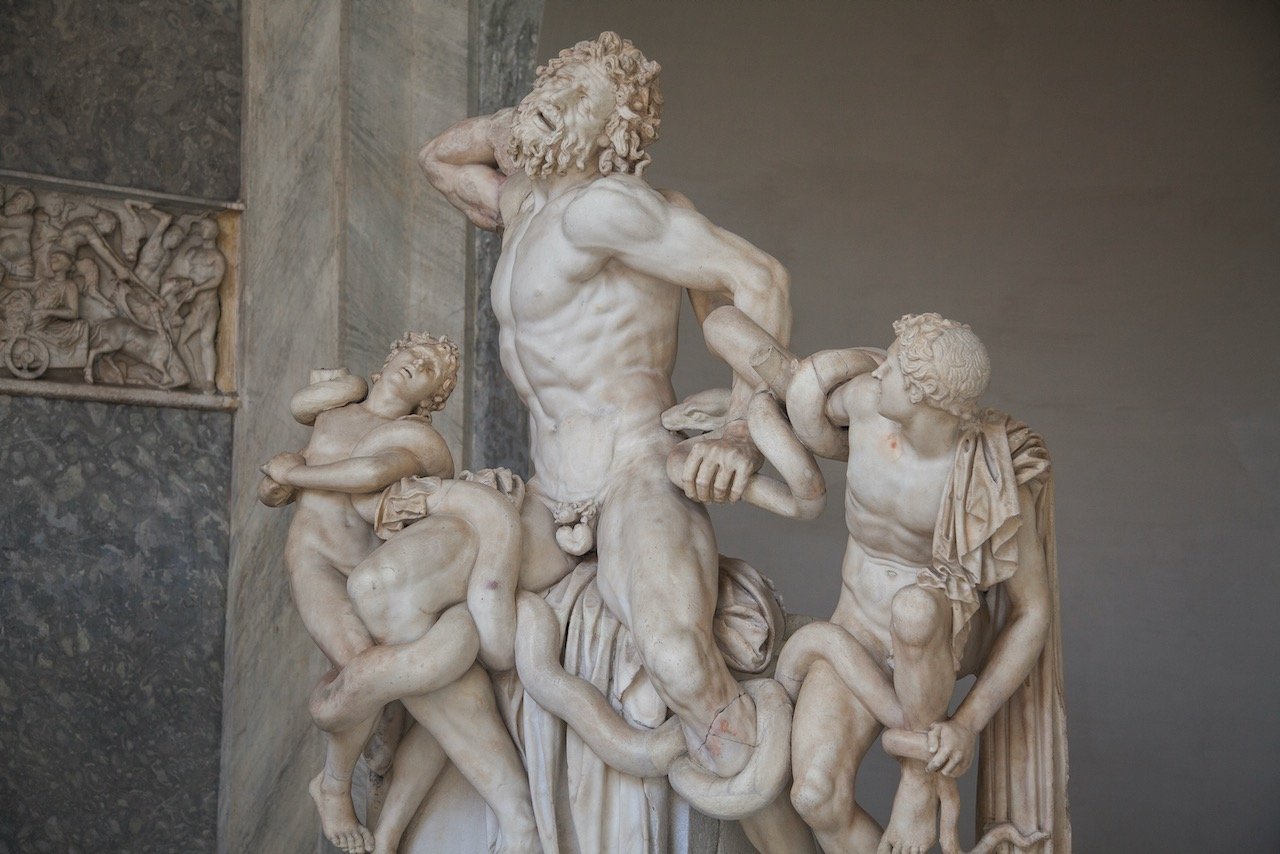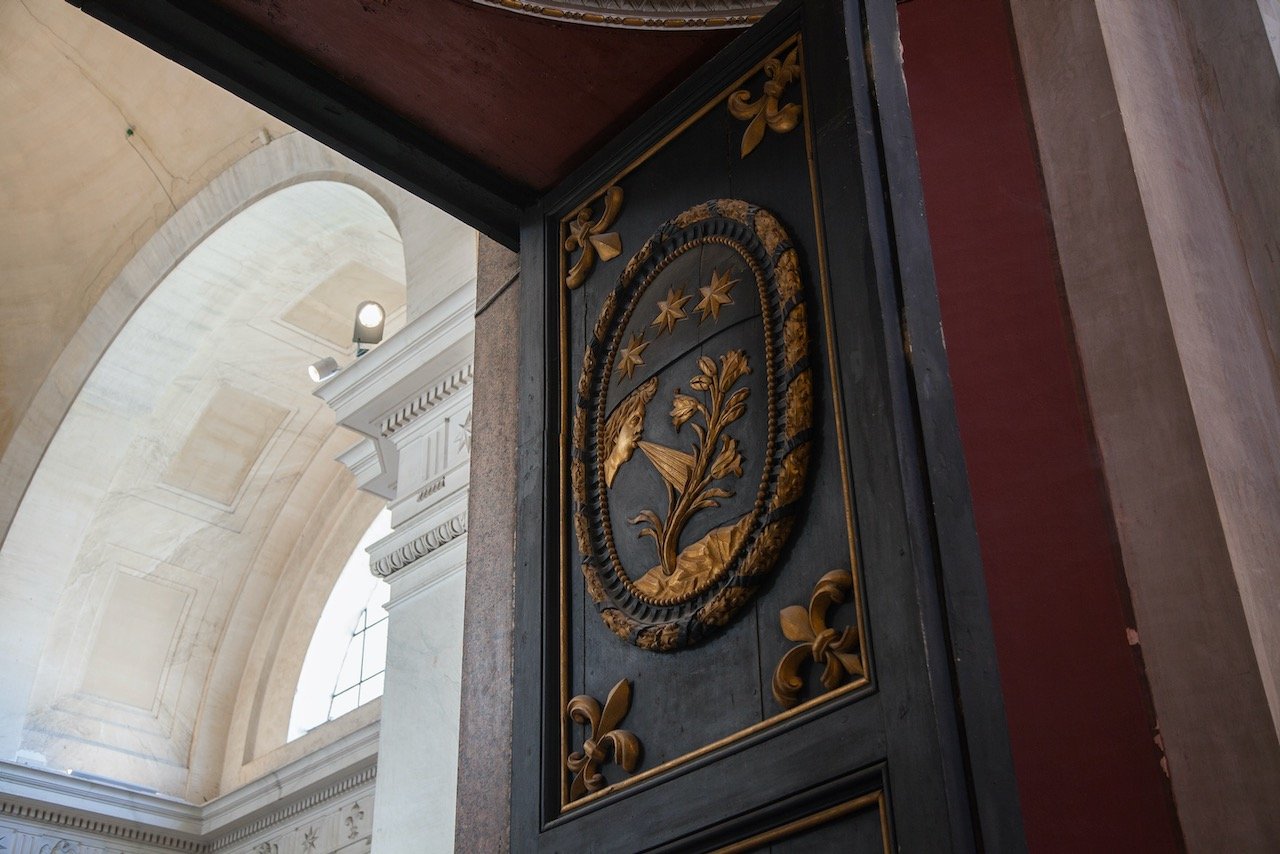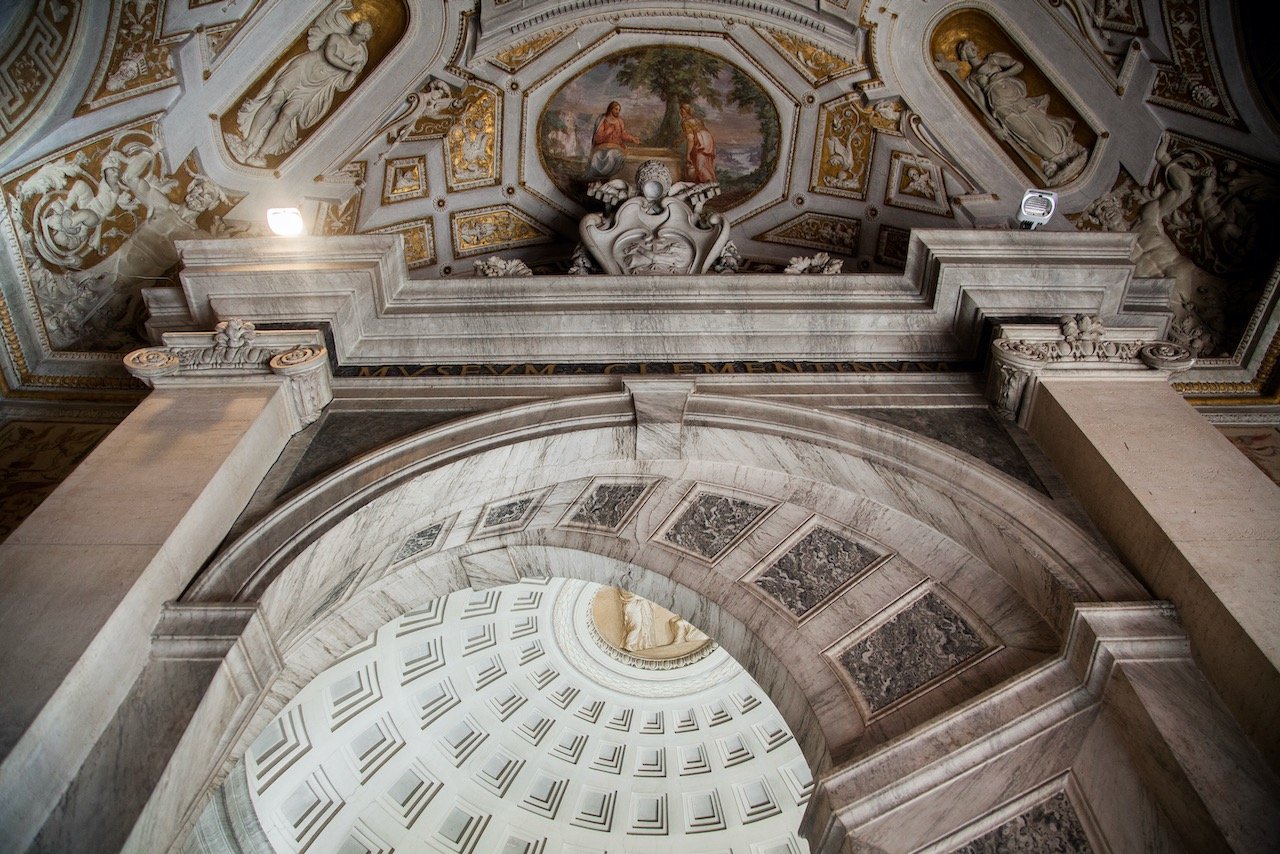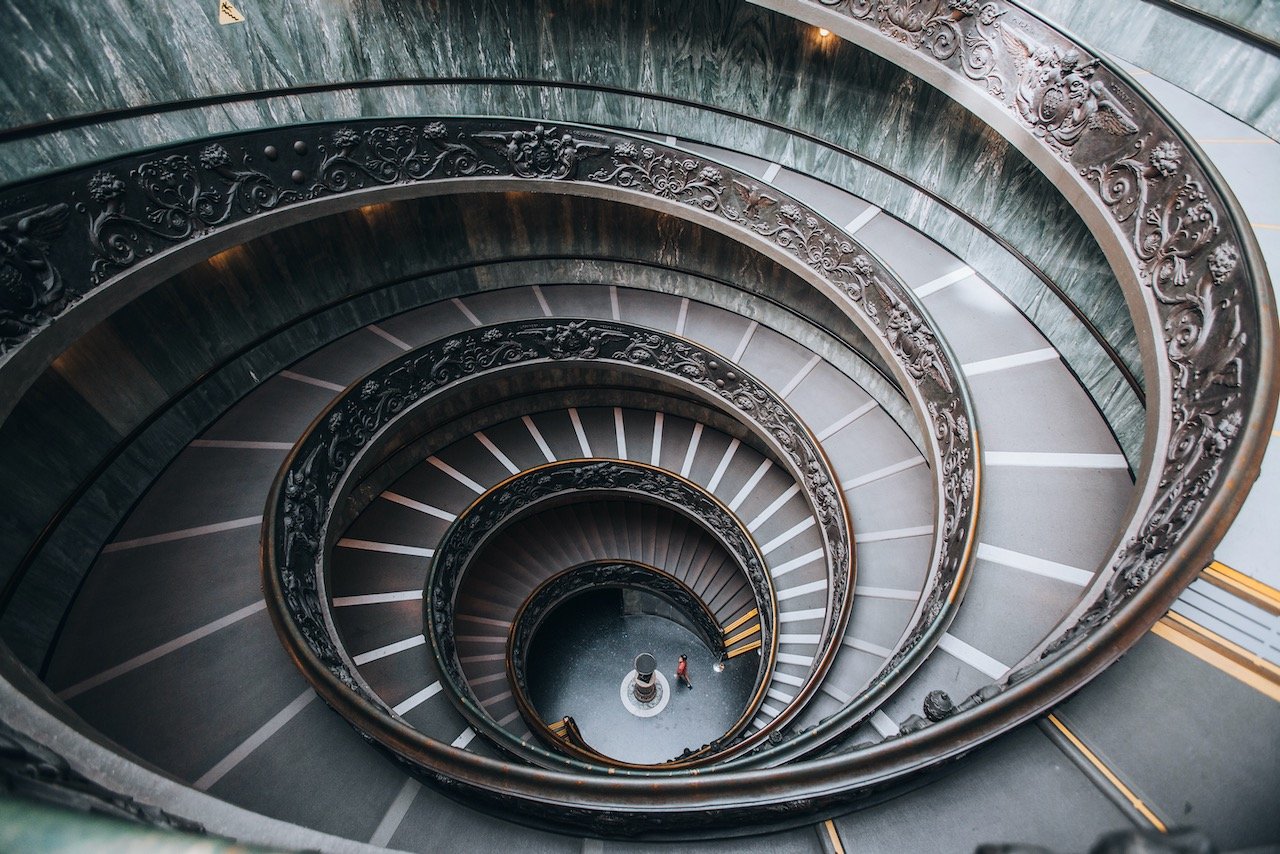A Country within a Country: A Glimpse into Vatican City
(Some links in this post are affiliate links. If you click through and take action, I'll be compensated.) If you are also interested in any PRINTS from any of my posts, be sure to check out my store where you can buy prints as posters, in metal/wooden frames or on canvas.
Vatican City has the superlative of being the smallest country in the world at 0.44 square kilometers. It is also the only country in the world that is contained within the limits of a city capital (Rome). They say big things come in small packages and the same can be said with Vatican City. Any trip to Rome requires a visit to this Catholic enclave.
Vatican City was created/gained independence from Italy in 1929 and is ruled by the Holy See, otherwise known as the Pope. Some of the most prominent sites of Rome are actually located in Vatican City as well as famous paintings and other forms of art. The country is primarily supported financially by donations from patrons of the Catholic church as well as through the sales of various souvenirs, publications, and museum tour fees.
Whether you are religious or not, it is an impressive country to visit and is worth the half day that is required to take most of it in. It really was quite remarkable to see such a massive concentration of art in one place. Not all the art and exhibitions are religiously motivated as some of it also touches various other cultures and parts of history such as the Egyptian exhibit in one part of the museum.
Entrance to the Vatican via St. Peter’s Basilica is free, however you must have a ticket to gain entry to the Vatican Museums. From here, you can walk through at your own pace or via a guided tour. Most of the things I will discuss in this blog post can be seen from simple admission to Vatican City.
How to get to Vatican City
Since Vatican City is located within the city limits of Rome, all you have to do is to fly to Rome. Book yourself a flight to Leonardo Da Vinci Airport, Fiumicino Airport (FCO) which is the main airport of Rome. Then you have three options to get yourself to the Rome city center/Vatican City:
Bus - You can buy a ticket for a Terravision shuttle bus at the tourist directories serving the airport. The tickets are 9 Euros one way, 15 Euros return. It takes appoximately 70 minutes and drops you off at Rome Termini Train Station. Then take Metro A from the train station to Ottaviano station. This will drop you closer to the entrance to the Vatican Museums.
Train - The Leonardo express that runs every 30 minutes for a price of around 28 Euros, and also arrives at Rome Termini Train Station. Then take Metro A from the train station to Ottaviano station.
Taxi - the most expensive option which will run you approximately 50 Euros but can take you direct to St. Peter’s Square.
Here are some of the best attractions that are worth seeing in Vatican City:
St. Peter’s Basilica
The iconic St. Peter’s Basilica is what welcomes you to Vatican City. This Renaissance style church is the centerpiece of the country. The original Basilica that was first built in the 4th century by Emperor Constantine the Great was replaced with this current construction, finishing in 1626. It was designed by a variety of architects such as Donato Bramante and Michelangelo (among others) and is the largest church in the world (by interior). The significance of the church is undeniable and is the burial site of St. Peter, who is supposedly buried under the altar in the basilica.
Entrance into the Basilica is free after a brief check through metal detectors. If you purchased a ticket to the Vatican Museums, this entrance is located at Viale Vaticano 6. You cannot access the Vatican museums from St. Peter’s Basilica/Square.
Although I am not a particularly religious person, just the scale of this Basilica and the high concentration of art exemplified in sculptures, paintings, and tapestries, this country as a whole is something to behold.
The Vatican Museums
Vatican City is not just a giant place of worship, but also boasts several museums honoring art and history over the centuries of Catholicism. Here you will find some of the best known Roman sculptures of the Renaissance era. In fact, over 70,000 art pieces are owned by the museums with 20,000 on display. Just last year, over 5 million people visited these museums making it the 2nd most visited art museum in the world, behind the Lourve of course.
Each museum is well marked and there is a general pathway that you can follow that will easily guide you through to the very end, culminating at the Sistine Chapel.

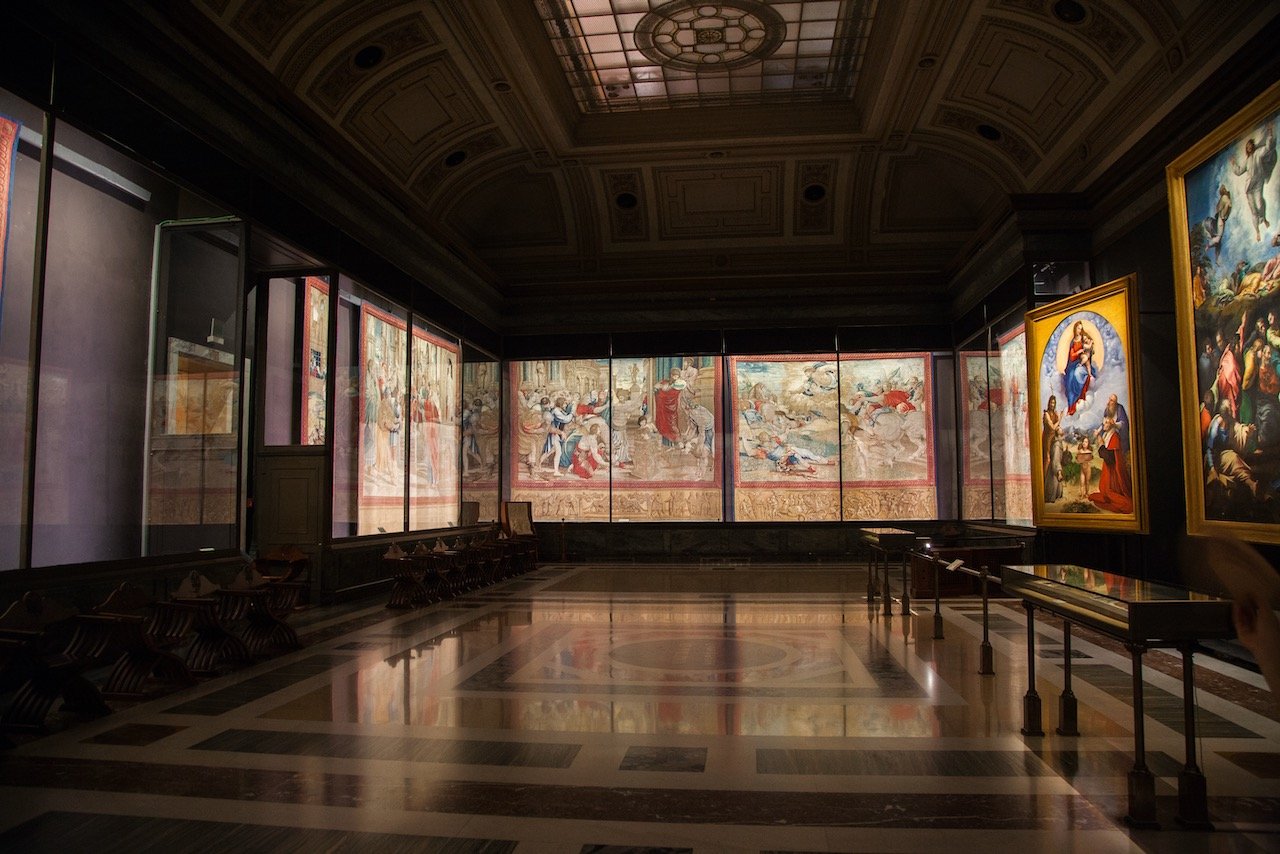
Gallery of Maps (Galleria delle Carte Geografiche)
I myself enjoy maps. To me they are looks into the past and I love comparing how the borders of once prominent states that existed, change to either nothing or something larger/smaller. This gallery is features wall sized maps of Italy which were based on the drawings of Ignazio Danti, a well known geographer of his time. The gallery stretches 120 meters and features 40 panels/maps.
Some specific maps that are noteworthy are:
Map of Italy, Corsica, and Sardinia.
Maps of Ancient and Modern Italy
Maps of the four major Italian ports in the 16th century of Venice, Ancona, Genoa, and Cititavecchia.
Gallery of Tapestries (Galleria degli Arazzi)
Tapestries to me are essentially artwork with threads…if you make a painting that can double as a rug, but you decide to hang it on the wall…that is a tapestry. Don’t worry about missing this gallery, you have to go through it to see the other parts of the museum. Coming in at 245 feet long, it features tapestries on both sides of the hallway, most of which designed by the painter Raphael as well as the Flemish artist Pieter van Aelst. People say that the tapestries on the left side of the hallway are more interesting…those completed by Raphael.
Pio-Clementine Museum (Museo Pio-Clementino)
The Pio-Clementino Museum was named after the founders Pope Clement XIV and Pope Pius VI. It is 12 rooms of Greek and Roman art masterpieces. Imagine bronze statues, busts of famous Romans, and sarcophagi with famous people, and that is what you can expect from this museum.
SIDEBAR: I had to take an art history course when in college, even though I studied chemistry. I remember learning about Renaissance art and remembered a few notable pieces during that education. One of which is called Laocoön and His Sons, which depicts a father and his sons being attached by a serpent. It was such a remarkable moment seeing this work in a textbook, then all of a sudden standing next to the real thing. I found it very moving!
Gregorian Egyptian Museum
One thing I wasn’t expecting at the Vatican was Egyptian art/artefacts. Low and behold, their collection is extensive. The museum was founded by Pope Gregory XVI and houses egyptian mummies, papyri, and various items with hieroglyphic inscriptions. Most of the material actually came from Emperor Hadrian’s Villa.
I have been to the Egyptian Museum in Cairo and as that is of course, the end all be all of Egyptian lore, I found the Vatican City collection to be very well respective.
Chiaramonti Museum (Museo Chiaramonti)
The Chiaramonti Museum houses approximately a thousand sculptures, typically of deities as well as portraits of emperors in addition to a variety of busts. The Lapidary gallery houses 3,000 tablets with stone inscriptions and cna be seen only on request. The Statue of Augustus is considered to be one of the more valuable works that are housed within this museum.
